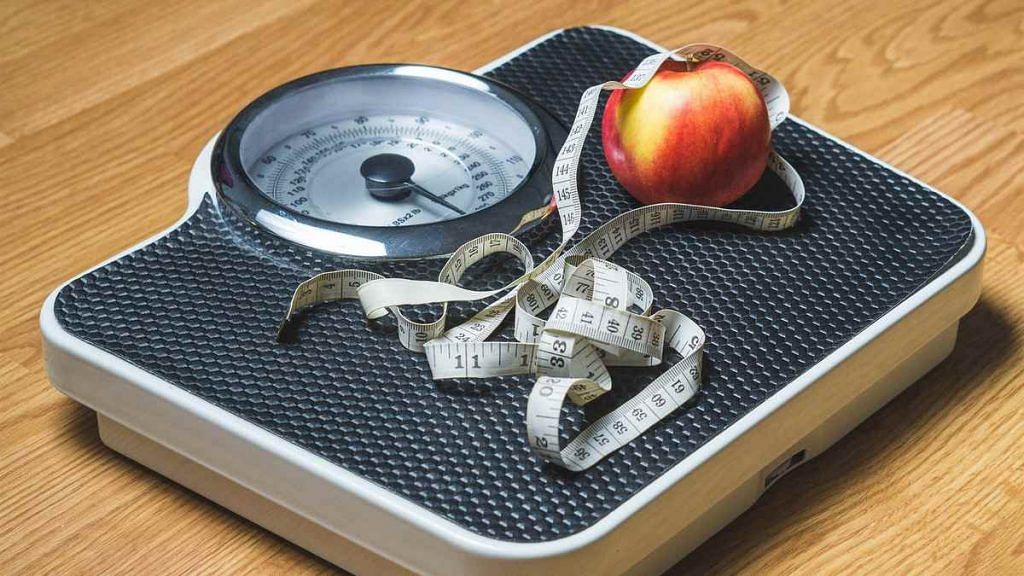New Delhi: The ideal weight of an Indian man is now 65 kg and for a woman it is 55 kg, according to a report released by the National Institute of Nutrition (NIN).
The report called ‘Nutrient Requirements for Indians’ by NIN, a nutrition research body of the Indian Council of Medical Research, was released by Union health minister Harsh Vardhan Monday.
The new report has added 5 kg to the ideal body weight of Indians over a decade. According to NIN’s 2010 report, the ideal weight of an Indian man was 60 kg, and for woman it was 50 kg.
The 2020 report said the increase in ideal weight was a result of increase in nutritional food intake.
The reference height for Indian men and women has also been increased. While it was 5 feet for women and 5 feet 6 inches for men in 2010, it has now been revised to 5 feet 3 inches (women) and 5 feet 8 inches (men). These figures would now be taken for calculating normal body mass index (BMI).
The definition for reference Indian adult men and women, with regard to age, was also modified in the 2020 report. While it was 20-39 years in the 2010 report, it has been revised to 19-39 years in the latest study.
The 2020 report took into account more recent and nationally-representative datasets such as the National Family Health Survey-4 (2015-16), National Nutrition Monitoring Bureau (2015-16) and the Indian Academy of Pediatrics (2015) to get acceptable reference body weight values.
The new report also talks about Recommended Dietary Allowances (RDA) & Estimated Average Requirements (EAR) for Indians. It also noted how a 1998 report on RDA had used data from 1989 to calculate ideal body weight and height of children as well as adolescents. The 1998 report did not have an “all-India character” and was based on only a segment of the population.
In the 2010 report again, nutrition profiles were taken only from 10 states for computing ideal body weights.
Both the 1998 and the 2010 reports had arrived at the same reference body weights for men and women of 60 kg and 50 kg respectively.
Also read: All about bamboo cookies, ‘healthy and nutritious’ snack launched by Tripura govt
Report gives commendations for fiber-based food, minerals
For the first time, the 2020 report has included EAR and Tolerable Upper Limits (TUL) of nutrients to assess the nutrition requirement of Indians.
While releasing the report, Vardhan said, “The RDAs are very important for many national level health and welfare programmes. With the new additions like EARs and TULs, these are not only useful in evaluating the nutritional status of populations or groups but also in defining the regulation on food fortification and supplementation of nutrients.”
In a first again, the report made recommendations for fiber-based food and suggested 40g/2000kcal as a safe intake (of fiber). The NIN also made recommendations for dietary intake of carbohydrates for the first time.
The report suggested adequate amounts of minerals such as calcium and phosphorus, iron, zinc, calcium etc, and a proposed intake of fats and proteins.
“While rooted in the time-tested practices, ICMR-NIN has always been nurturing creativity and innovation to address the contemporary health and nutrition challenges of the country. These releases and the launch of innovative data collection programme are reflective of NIN and ICMR’s commitment to the cause of nutrition and well-being of our people,” Director-General of the ICMR Dr Balram Bhargava said during the release.
Also read: BJP minister Giriraj Singh now shares ‘lemon pepper fish’ recipe, says it delays ageing
